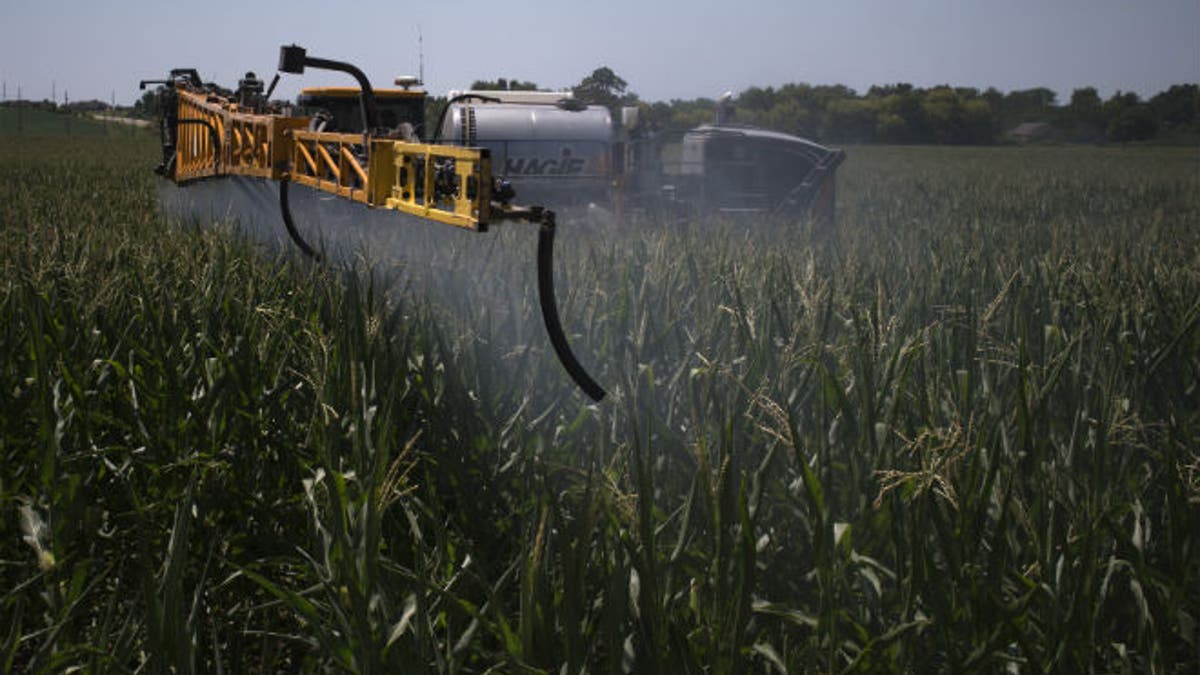
(REUTERS/Adrees Latif)
An estimated 2 million U.S. farm workers, children and others who work or live near farm fields will have more protection from hazardous pesticides under changes unveiled Monday by federal officials.
The changes to the Agricultural Worker Protection Standard should reduce the risk of injury and illnesses from contact with pesticides on farms and in forests, nurseries and greenhouses, according to officials with the U.S. Environmental Protection Agency (EPA) and U.S. Department of Labor.
"We depend on farmworkers every day... they deserve fair, equitable working standards with strong health and safety protections," EPA Administrator Gina McCarthy said in a statement.
Each year, between 1,800 and 3,000 occupational incidents involving pesticide exposure are reported from the farms, forests, nurseries and greenhouses covered by the Worker Protection Standard, the EPA said. That range is thought to be lower than the actual number of incidents that occur, the agency said.
The EPA said it is additionally concerned about low level, repeated exposure to pesticides that may contribute to chronic illness as well.
Farm workers, including migrant workers, commonly perform tasks by hand on pesticide-treated crops, such as harvesting, thinning, and pruning. Additionally workers often mix, load and apply pesticides.
United Farm Workers President Arturo Rodriguez said the changes were badly needed for a population that is largely low-income and made up of minorities.
"It's been a long time coming," he said in a press conference.
Among the new rules, children under 18 are prohibited from handling pesticides; training on pesticide protections is required annually instead of once every five years; expanded postings of no-entry signs on fields treated with hazardous pesticides are required; and improvements in personal protection equipment are being made.
An exemption continues for farm owners and immediate family members, EPA said.
U.S. scientists are studying how human health is affected by the use of herbicides, insecticides and other farm chemicals in growing a variety of crops. Some consumer and environmental groups have been calling for greater controls on pesticide use.
The EPA, the United States Department of Agriculture, the National Institutes of Health, and the National Institute for Occupational Safety and Health have been overseeing an "Agricultural Health Study" of nearly 90,000 people in Iowa and North Carolina tracking the impact of factors including pesticide use.
